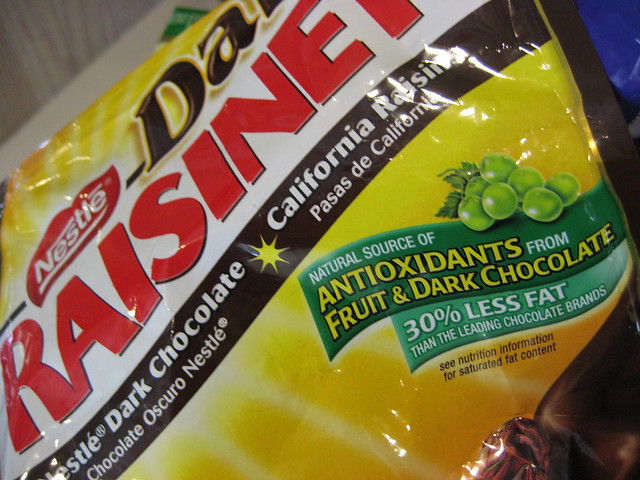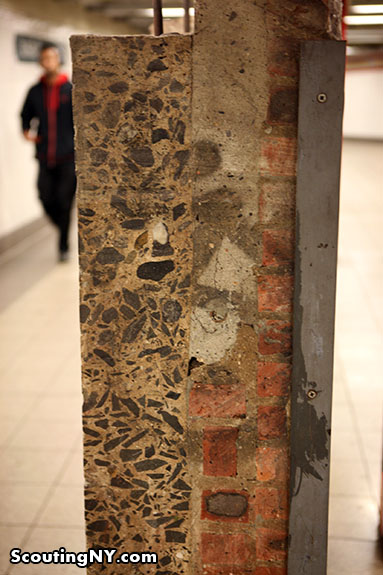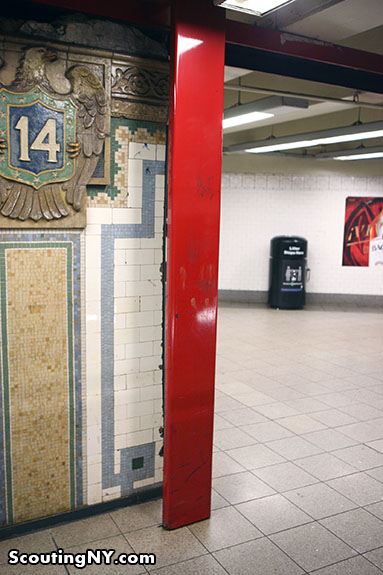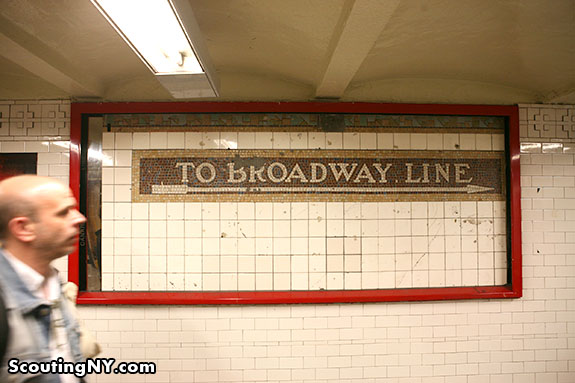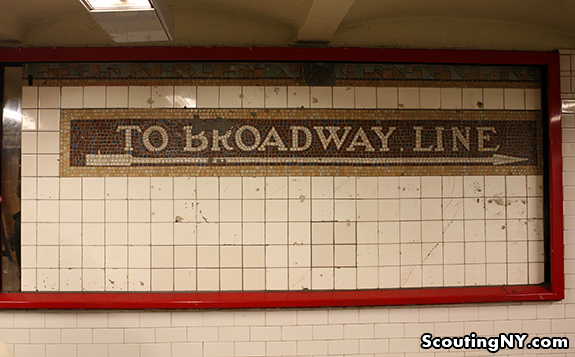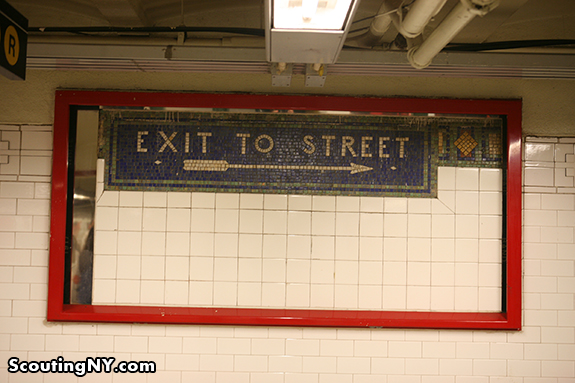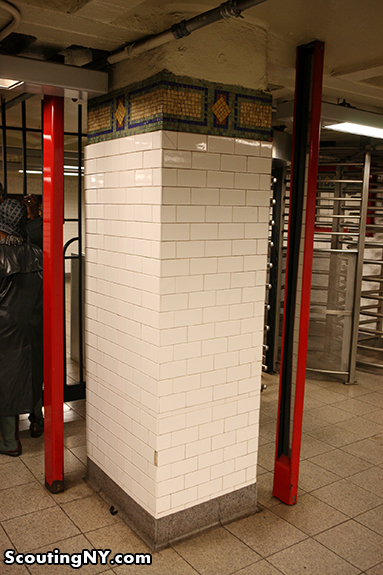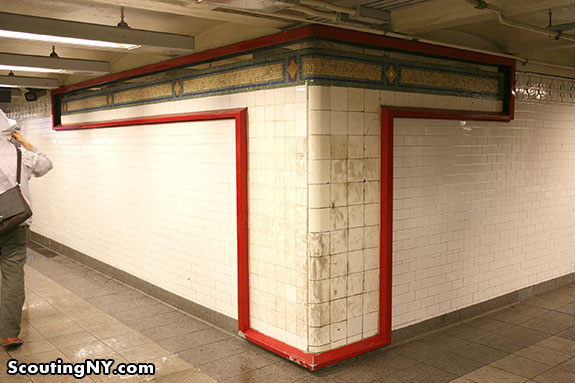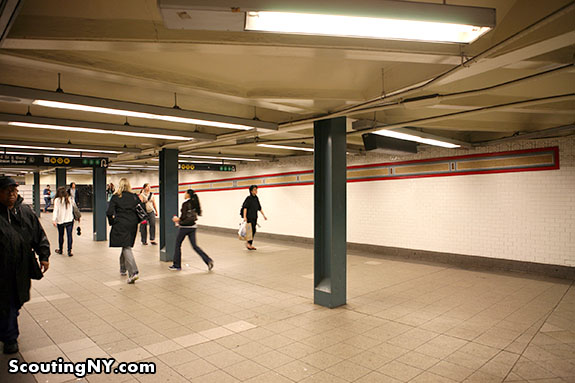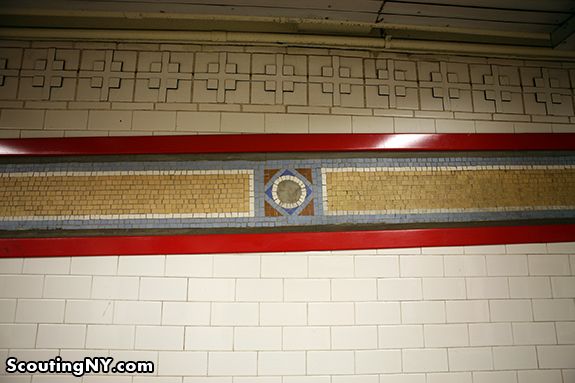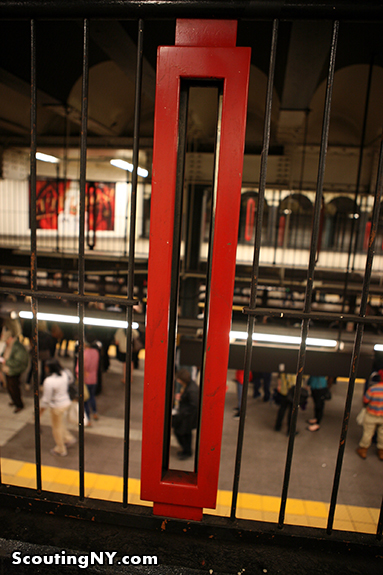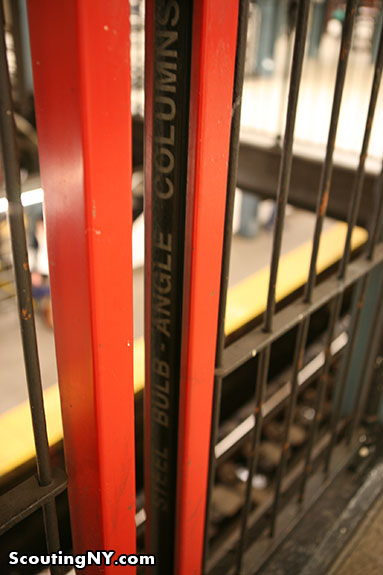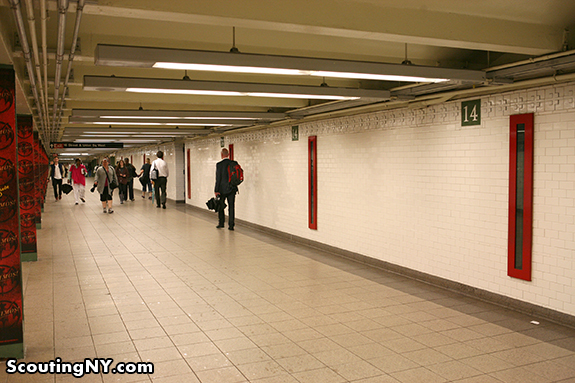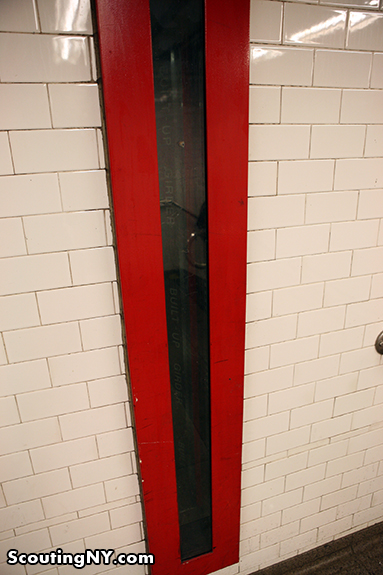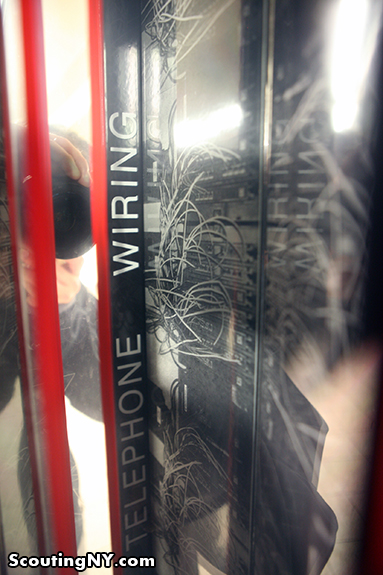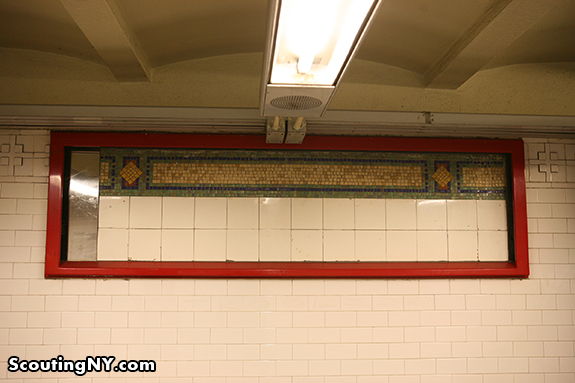Long time readers know that I’m a huge fan of today’s guest blogger, Dr. Yoni Freedhoff, and his pithy and entertaining blog Weighty Matters.
Today Yoni is educating us on the evil ways of “nutritionism” and teaches us how to protect ourselves from its clutches.
Dr. Yoni Freedhoff, MD, founder and Medical Director of the Bariatric Medical Institute in Ottawa, dedicated to the (nonsurgical) treatment of overweight and obesity since 2004, is often called a “nutritional watchdog” for his advocacy efforts for improved public policies regarding nutrition and obesity. Dr. Freedhoff regularly speaks to the national media, before medical boards and even in front of the Canadian House of Commons. His daily blog Weighty Matters, was voted the top Canadian Get Healthy blog of 2011 by Reader’s Digest’s Best Health magazine.
You can follow Dr. Freedhoff on both Twitter and Facebook.
Nutritionism 101
by Yoni Freedhoff
“Nutritionism” is the enemy of healthy eating.
The term “nutritionism” refers to the notion that specific properties of foods are sufficient to make them healthy, and is what makes some people forget that zero-trans-fat Oreos are, and always will be, just cookies.
To put it bluntly, nutritionism sells. And it works by convincing you junk food is healthy.
The 4 most common ways nutritionism is used to sell food products are by means of added nutrient, formal ingredient, cooking style, and implied benefit.
Let’s start with some examples.
The Added Nutrient
Many products claim that the addition of a specific nutrient transforms it into something healthy. Common added nutrients are Vitamin D, plant sterols and omega-3 fatty acids.
For example, Sara Lee’s Soft and Smooth Plus DHA (Omega-3) fortified white bread advertises that it’ll help your children’s brains to develop. However, to consume the DHA equivalent of just 2.5oz of salmon (a small serving), your child would need to consume 13.5 loaves or 268 slices. That’s right, a single slice of this slippery bread has as much omega-3 as a piece of salmon 1/12 the size of a pea.
Implied Benefit Nutritionism
Implied benefit takes advantage of public perception and media hype. A product need not claim any actual benefit, but it will usually have a buzzword, and some foods have themselves adopted the air of health.
The cereal aisle provides an example that hits all the right sales notes: Kellogg’s Fiber Plus Antioxidants Berry Yogurt Crunch.
How could that not be healthy?
Fiber is good for you, and now we’ve got the added benefit of berries, yogurt and of course the magical antioxidants! The box does not actually come out and say that this cereal will protect you against cancer, and for Kellogg’s—the same company that recently settled a lawsuit brought on by their Cocoa Krispies packaging which promised to improve your child’s immunity—that’s a big deal.
Such a big deal in fact that their PR department went out of their way to point it out.
Sadly, no claim need be made (which normally requires approval by a regulating agency), as implied benefit nutritionism does the job for them.
So what’s going to fill your bowl if you are among those fooled by the implied benefits of fiber, antioxidants, berries or yogurt.
An astounding 82 ingredients make up a cup of Kellogg’s Fiber Plus Antioxidants Berry Yogurt Crunch, including 3 teaspoons of sugar (combined from 12 different sources) and 6 different artificial colors, including one that in the EU would require a warning label.
The Chip Aisle
A quick waltz down the chip aisle will bring you face to face with “whole-grain” chips. Almost every brand has a version nowadays. Pick up a bag of “Multigrain Tostitos” thinking they’re healthier and your chips will have the same amount of dietary fiber and 7% more calories per chip compared to regular Tostitos.
If you see “baked” chips, you have come across a cooking style claim. But while your Baked! Tostitos will give you marginally fewer calories, they make up for it with nearly 20% more sodium.
But so what? 7% more calories isn’t such a big deal for one small snack, and for most of us, the sodium won’t matter much either.
But what if you ate twice as many baked or whole-grain chips thinking they were healthier?
Enter the Health Halo.
Health Halos
Health halo is a term coined by Cornell’s Dr. Brian Wansink that refers to the phenomenon of eating more, liking more, or buying more of an item due to its perceived healthfulness.
He uses the term broadly in that it can apply to front of package labels, health claims, as well as common perceptions (like Subway being thought of as a healthier restaurant than McDonald’s).
Wansink has shown low-fat labelling leads people to underestimate the product’s calories, with one of his experiments demonstrating subjects dramatically underestimating calories in low-fat labeled M&M’s. In another experiment capitalizing on the public perception that Subway serves “healthier” fare than McDonald’s, he demonstrated Subway’s fast food patrons eat more calories than those of McDonald’s. Likewise more recent research has shown the term “organic” leads people not only to underestimate calories in organic foods, but also to say they have better flavor and are worth a higher price.
Bottom Line
Food manufacturers are all too happy to pander to nutritionism, since not only does it help to sell food, but you’ll even pay a higher price for it.
The good news is that protecting yourself is easy. Anytime you see a health claim: a highlighted ingredient, added nutrient, implied health benefit, or a special cooking style, take that as your grocery store cue to actually take a moment or two, and read the label.
First compare the “healthier” product to its regular counterpart. If there’s not much of a difference, I’d grab the fully-leaded version. If there is a difference, make sure it’s a difference that matters to you and that you’re not simply trading off one minor nutritional shortcoming for another.
And if it has more ingredients than you think it deserves, or multiple words you can’t pronounce, just walk away.
Ultimately if a food needs to convince you that it’s healthy, it’s probably not.
Of course if you don’t want to bother with labels there’s an even easier way and it fits wonderfully with Summer Tomato’s message: Eat “F”ood. That’s capital “F” food. Real food. Whole ingredient food. Food you have to cook yourself, where cooking isn’t simply stirring ingredients together or reheating a box.
Think of it as you versus the processed food industry. Don’t let them win.
How has nutritionism fooled you?
Originally published May 11, 2011

